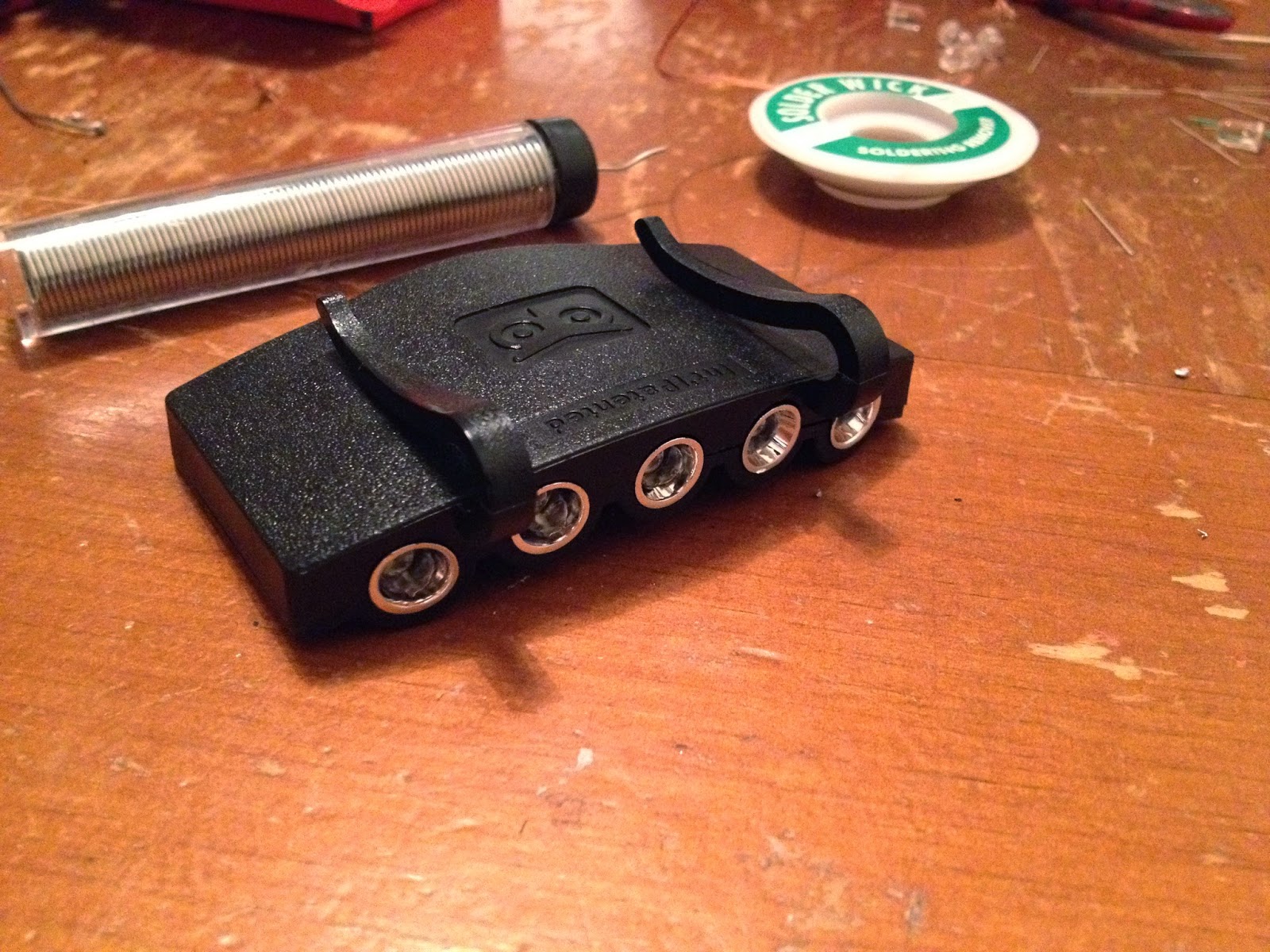 |
| Say hello to my bulky little friend. |
As part of the Back to the Hack series and related to my hidden war dialer project I decided to see if there was a better option to hide my war dialer, Arduino, or Raspberry Pi. In my previous post I said I would use a gutted APC-350 UPS. A trip to SkyCraft and $15 dollars later I found myself with a APC-420. I love how it's well worn, scratched, and has little dents. The device will look like its been tucked away at a target facility for years. It will be a much roomier home for all my hack-a-tronics and will blend into any cube farm, IDF, or MDF perfectly.
After the jump see the tear down and some of my first thoughts heading into the hidden war dialer build.
Doctor, we are going to need to AMPutate.
The device I purchased was already sans battery which for my use was perfect. I just need a power strip with a place to hide things. There are boards, transformers, and all manner of other stuff that must be removed. Let's get to gut'in.
It's a pretty decently sized beast. You can see it's size using the standard Internet measurement for scale, a banana.
This is where the real goodness happens and why this device is perfect for the task. It will basically function like a power strip once gutted leaving most users unaware of its malicious (Read: Research Project) oriented nature. It will provide power for the electronics on the inside and a network pass-through (either RJ-11 or RJ-45, more on that later).
The inside: Look at that transformer! Just compare it to the banana, it's huge! We are looking at a full partsectomy here.
As if by magic all the parts have been removed. I must advise as not your lawyer or a trained electrician: do not do anything I just did. These devices deal with high voltage and capacitors that may store charge long after the device has been unplugged. Do not open, touch, remove, lick, feed after midnight, bathe, take to prom, share a lease, or perform any other activity not listed by the manufacturer as approved use. Any other use or action could result in a mild to severe case of death. You have been warned.
This part will need to be salvaged. This is the network bypass. The board can be mounted to the case and will leave the outside with a clean professional look. This will also create a connection for the war dialer or can be used later to create a passive network tap.
 I may cut it up and then solder wires between the pins. I may get fancy and have a new board custom printed. I'm not sure yet.
I may cut it up and then solder wires between the pins. I may get fancy and have a new board custom printed. I'm not sure yet.The front control panel ribbon connector was directly soldered to the main board. I cut the ribbon leaving the board in place. My intention is drill out or wire in a new LED that lights up when the device is powered. This should simulate what the device looks like when it's in normal operation.
The inside is pretty straight forward as power goes. I should be able to connect these directly to the inbound power and add another outlet on the inside to power my devices.
 Here is one of the first problems: the removed main board has the serial port attached. To make this a clean build the serial port hole needs to be filled. Leaving the hole would definitely raise suspicions.
Here is one of the first problems: the removed main board has the serial port attached. To make this a clean build the serial port hole needs to be filled. Leaving the hole would definitely raise suspicions. The front bezel leaves an excellent area to hide antennas for WiFi or cellular connections to be included in future builds. Placing any antennas outside the metal box, but covered by the plastic bezel, should work very well.
The front bezel leaves an excellent area to hide antennas for WiFi or cellular connections to be included in future builds. Placing any antennas outside the metal box, but covered by the plastic bezel, should work very well. Gutted and ready to start building! The main concern here will be weight. The device is now very light. Metal plates will need to be added. If someone were to pick up the device after deployment the lack of weight may cause question.
Gutted and ready to start building! The main concern here will be weight. The device is now very light. Metal plates will need to be added. If someone were to pick up the device after deployment the lack of weight may cause question. More than enough room for the war dialer or a Raspberry Pi or both!
More than enough room for the war dialer or a Raspberry Pi or both! THERE'S SO MUCH ROOM FOR ACTIVITIES!
THERE'S SO MUCH ROOM FOR ACTIVITIES!Next steps:
- Wire a third internal power outlet.
- Fabricate either 3D printed mounts for hardware or hand build them.
- LED light to fake normal operation of the unit.
- Modify RJ-11/RJ-45 bypass for war dialer or Raspberry Pi.
- Adjust for the weight of the missing transformer and battery.
- Fill in serial hole with a DB-9 serial port.




























